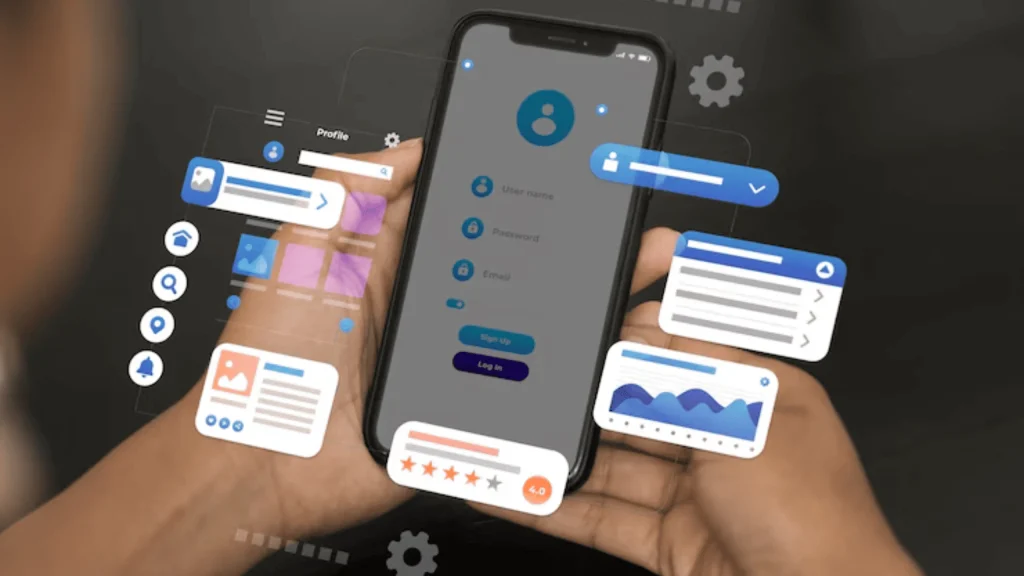To optimize the schema for an Android iGaming app, you must create an efficient database structure and use Android’s performance tools. A well-designed schema enhances speed, reduces latency, and optimizes device resources effectively.
Design an Efficient Database Schema
To successfully optimize the schema for an Android application, you begin with the database design. Your goal is to create a structure that helps the SQLite engine execute queries quickly and efficiently. It means designing tables that allow you to read fewer rows and columns and push complex operations like sorting and filtering directly into your SQL queries.
A proper design comes from applying database normalization principles. It involves identifying the relationships between your data objects. For example, a single player has multiple stats, which is a one-to-many relationship. Igaming developers at Rabona say these connections can help you build a logical and high-performing database schema from the start.
Reliable Schema Design Practices
- Separate Static and Dynamic Data
- Define Clear Relationships
- Use Efficient Data Types
- Index Your Tables
Separate Static and Dynamic Data
Your database should only store information that changes during gameplay, like player progress or inventory. Static data, such as item stats or quest descriptions, can be stored in the code itself. This approach reduces unnecessary database queries and network traffic.
Define Clear Relationships
Use foreign keys to create clear links between tables. For a one-to-many relationship, like a user and their stats, the user’s ID acts as a foreign key in the stats table. Thus, this structure keeps your data organized and easy to query.
Use Efficient Data Types
Select the most appropriate data types for your columns. Using smaller, more precise data types minimizes storage space and can speed up data retrieval.
Index Your Tables
Add indexes to columns that you query frequently. Indexing helps the database find data much faster, which is critical for performance-sensitive operations in a game.
Use Android Tools to Optimize Schema Performance
After designing your database, you can use Android’s suite of performance tools to measure, find, and fix issues. These tools give you deep insights into how your app interacts with the device hardware, helping you pinpoint where your schema or queries cause slowdowns.
You can analyze everything from memory allocation to GPU rendering. For instance, a slow database query can cause a spike in CPU usage or lead to memory problems. Using these tools helps you confirm your schema design is effective in a real-world environment.
Measure and Monitor Key Performance Metrics
- Startup Latency: Your game should launch quickly. Aim for a cold start time of less than 500 milliseconds. Slow database initialization can delay app startup, creating a poor first impression.
- Scroll Jank: Jank happens when the system cannot render frames fast enough, causing visual stutters. It occurs when the main UI thread is blocked by long-running tasks like database queries.
- Memory Usage: Inefficient queries that fetch too much data can increase memory consumption. It leads to more frequent garbage collection, which pauses your app and harms performance.
- Battery Consumption: Every operation uses power. Optimized database queries and background tasks consume less energy, which is crucial for keeping players engaged longer.
Best Practices for Continuous Schema Optimization
Optimizing your app’s performance is an ongoing process. For database work, using the Jetpack Room library is a recommended best practice. Room is an abstraction layer over SQLite that reduces boilerplate code and verifies your SQL queries at compile time, preventing runtime errors.
A well-optimized schema directly improves the user experience. Key performance indicators like frame rate (FPS) and CPU usage are tied to how efficiently your app retrieves and processes data. Here are some actionable tips for ongoing optimization:
Profile Early and Often Use tools like Android Profiler from the start of your project. This helps you catch performance bottlenecks related to your database before they become major problems. Utilize Caching Store frequently accessed data in memory. Caching reduces the need to query the database repeatedly for the same information, which saves CPU cycles and improves responsiveness.
Employ Asynchronous Operations Never perform database or network operations on the main UI thread. Use background threads to handle these tasks so your game’s interface remains smooth. Listen to User Feedback Pay attention to player reviews that mention lag, crashes, or slow performance. This feedback can point you directly to areas in your code, including database interactions, that need improvement.

